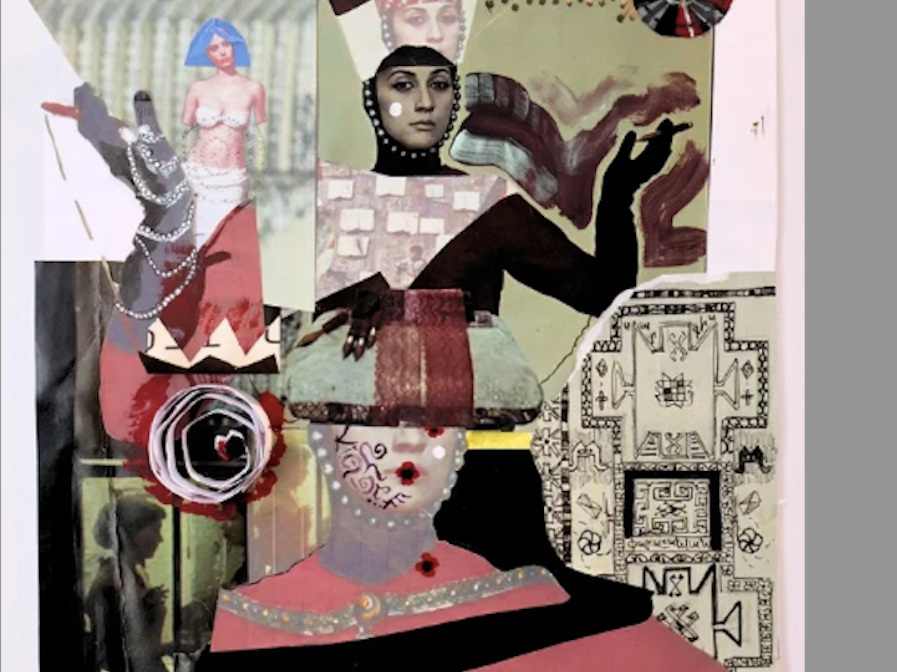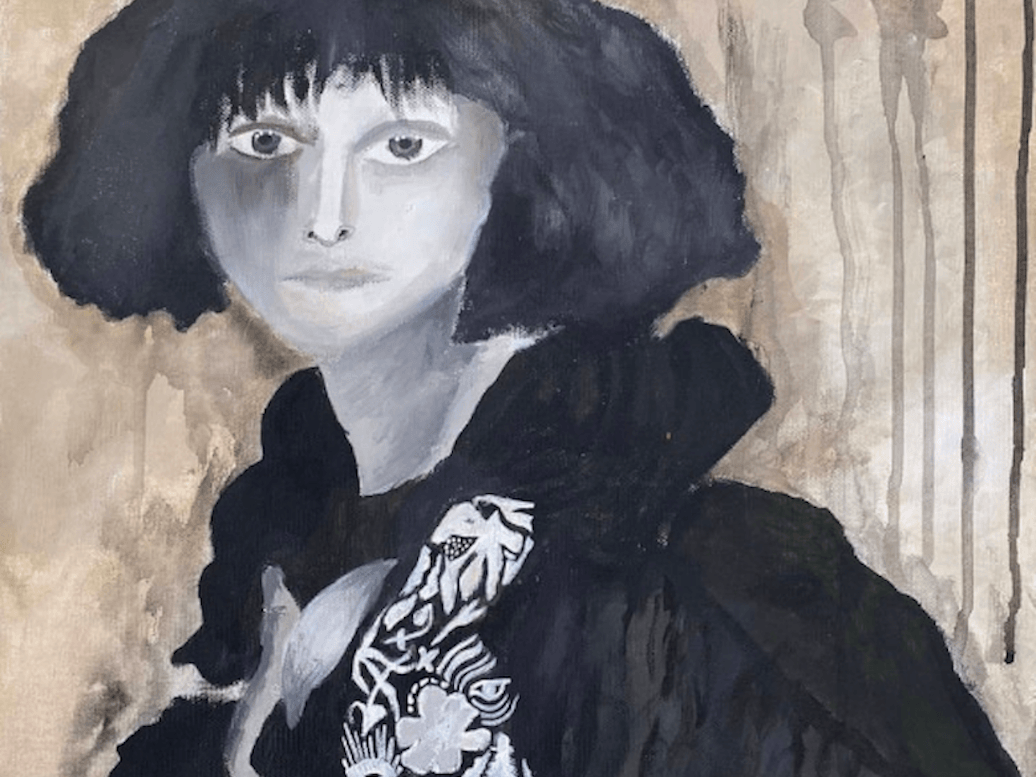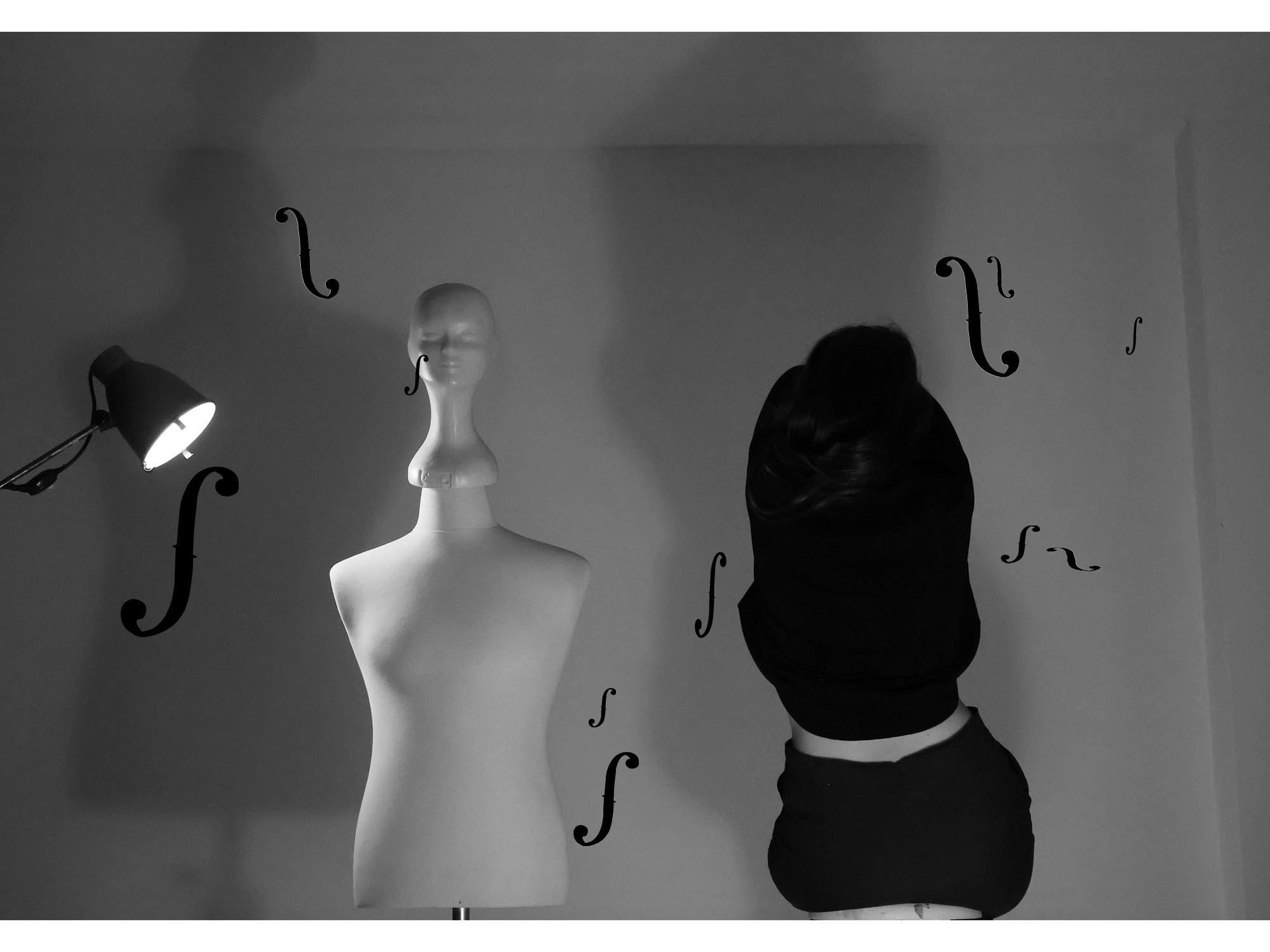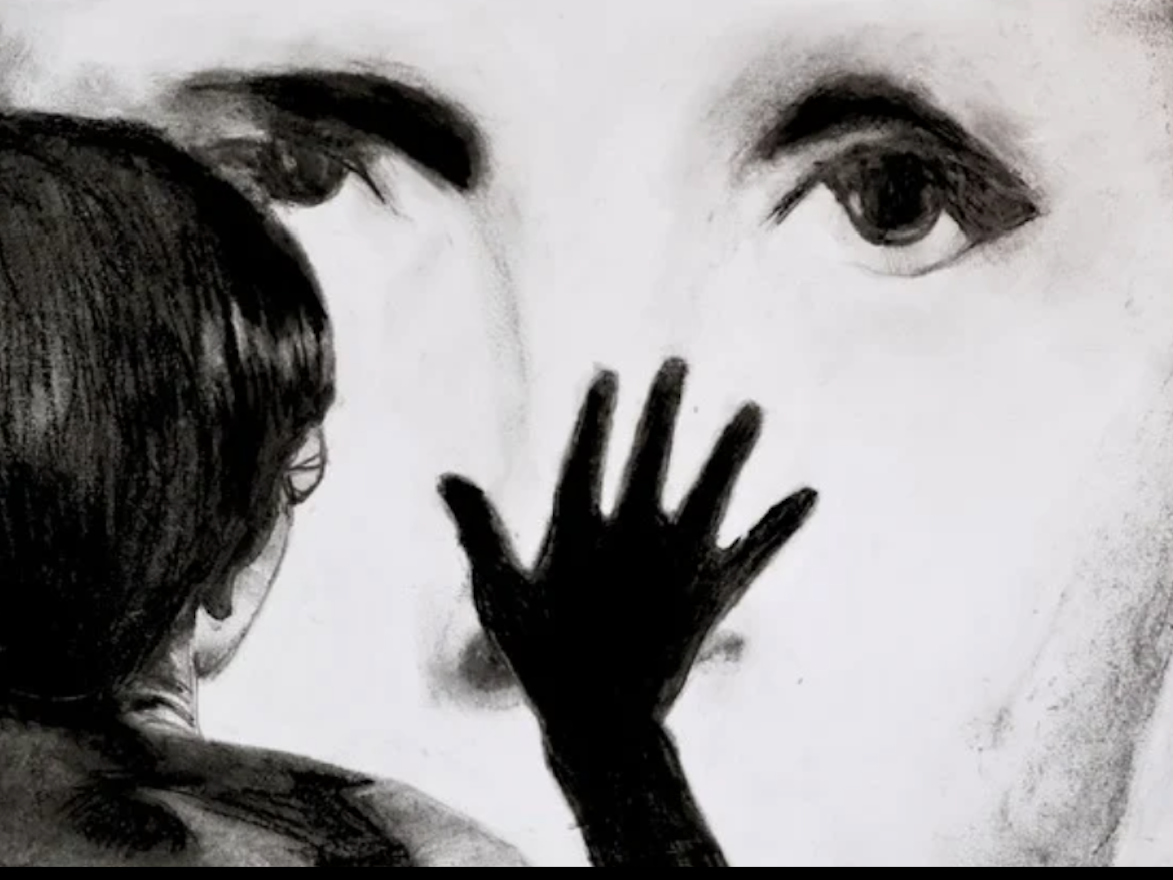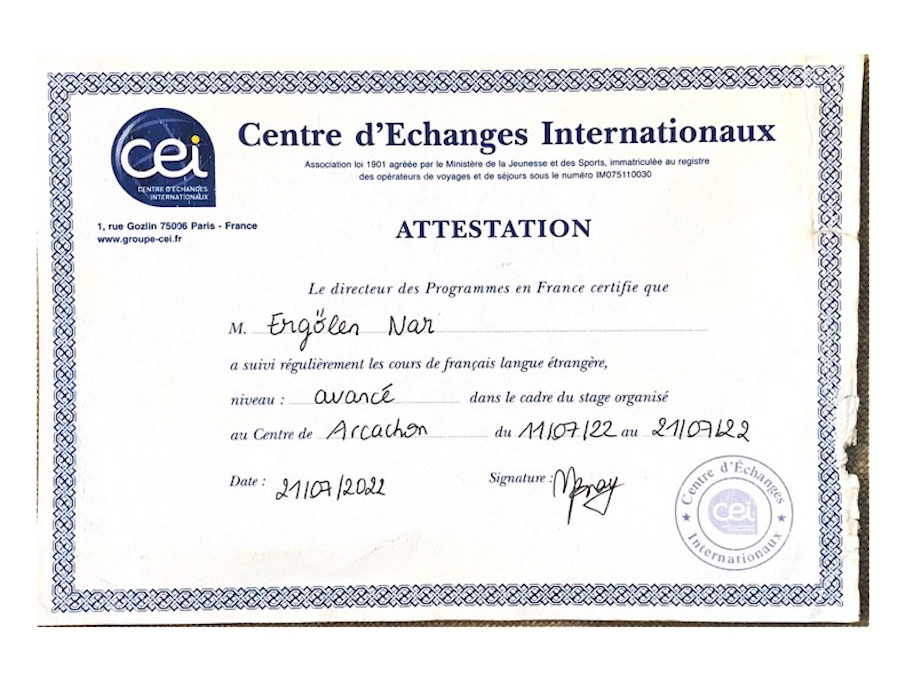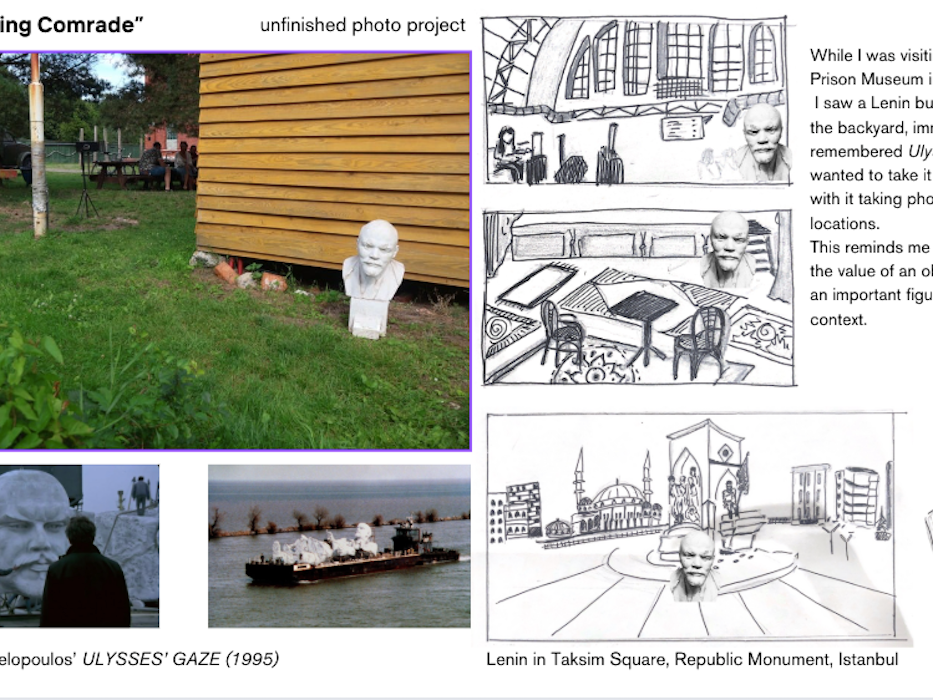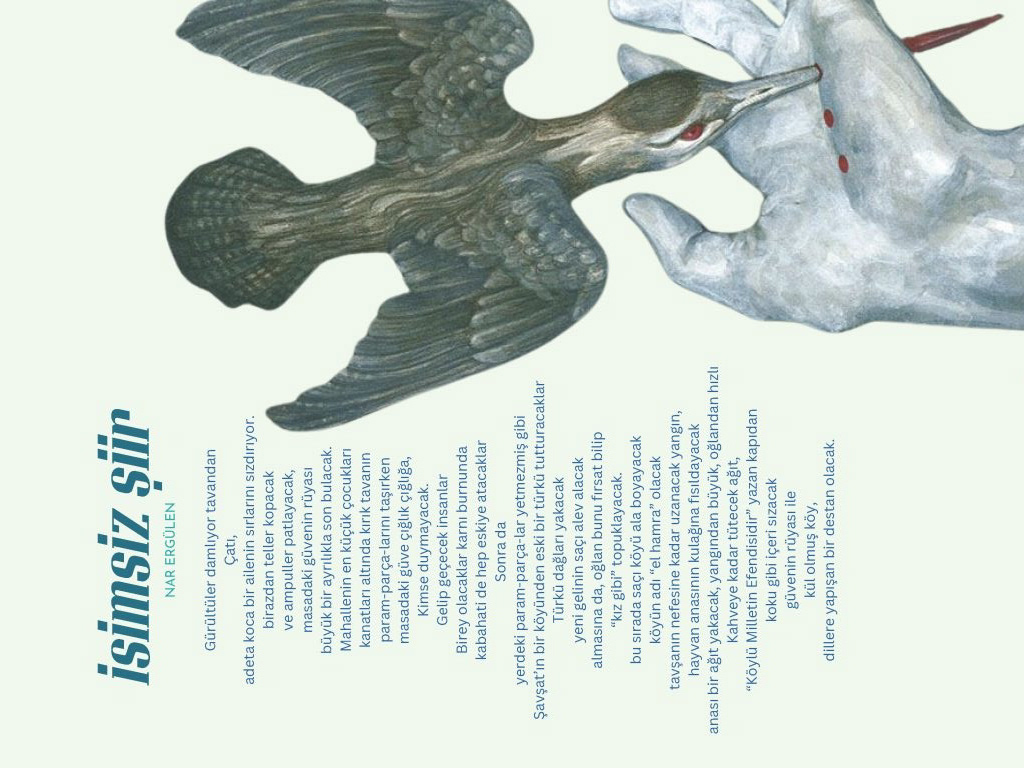For the October '24 issue of the online art and literature magazine Naçizane, I have written review on "La Pianiste" of Haneke...
A partial translation of the review follows:
Être spectateur dans le cinéma de Haneke: La Pianiste
Au début du XXIe siècle, une nouvelle approche est apparue dans le cinéma français, notamment le « cinéma des sens » et la « New French Extremity », qui visaient à repousser les limites de l'impact tangible et psychique des films sur le spectateur. Le réalisateur autrichien Michael Haneke a adapté à l'écran le roman allemand Die Klavierspielerin (Le professeur de piano) d'Elfriede Jelinek, paru en 1984, dans son film La Pianiste (2001).
L'image cesse d'être l'élément principal dans l'interaction du public avec le film, et le principal matériau présenté au public dans le processus de perception du film n'est pas le film lui-même, mais plutôt l'esprit du spectateur. En d'autres termes, on peut dire que le réalisateur réussit à construire le film dans l'esprit du spectateur, tout en le tenant à l'écart du film. C'est ce qui distingue Haneke des autres films d'Europe occidentale de ses contemporains qui relèvent du « cinéma des sens ». Haneke implique à la fois les créateurs et les spectateurs dans le cycle de création et de consommation de la violence du film, tandis que nous devons nous contenter de lui et de ses techniques magistrales devant l'écran....
--------------------------------------------
Being a spectator in Haneke's cinema: La Pianiste
At the beginning of the 21st century, a new approach emerged in French cinema, notably “cinema of the senses” and “New French Extremity”, which aimed to push back the limits of the tangible and psychic impact of films on the spectator. Austrian director Michael Haneke adapted Elfriede Jelinek's 1984 German novel Die Klavierspielerin (The Piano Teacher) for the screen in his film La Pianiste (2001).
The image ceases to be the main element in the audience's interaction with the film, and the main material presented to the audience in the process of perceiving the film is not the film itself, but rather the viewer's mind. In other words, the director succeeds in building the film in the viewer's mind, while at the same time keeping the viewer out of the film. This is what distinguishes Haneke from the other Western European films of his contemporaries, which fall under the heading of “cinema of the senses”. Haneke involves both creators and spectators in the cycle of creation and consumption of the film's violence, while we have to be content with him and his masterful techniques in front of the screen....
